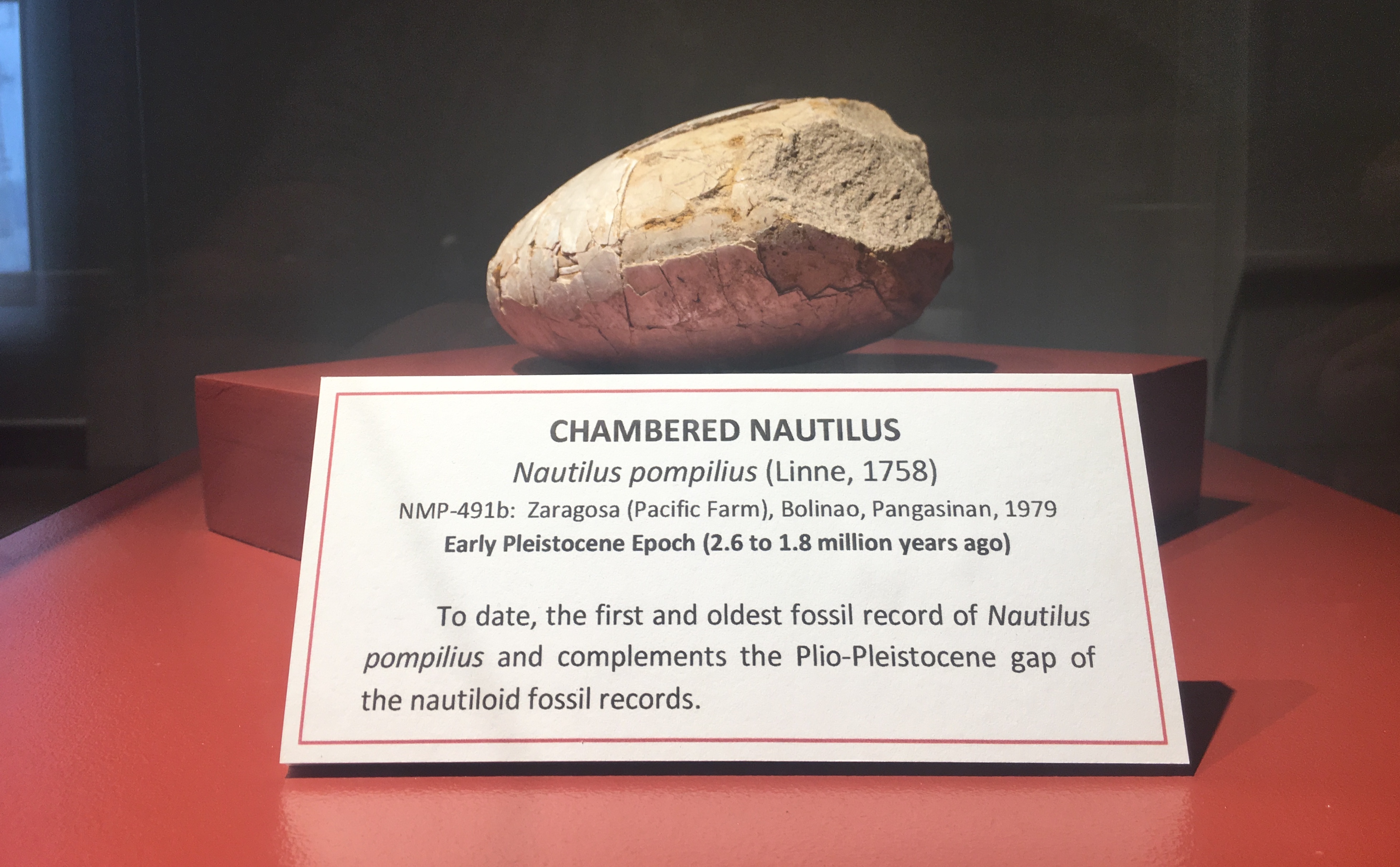|
Nautilus Vitiensis
''Nautilus vitiensis'' is a species of nautilus native to the waters of Fiji Fiji, officially the Republic of Fiji, is an island country in Melanesia, part of Oceania in the South Pacific Ocean. It lies about north-northeast of New Zealand. Fiji consists of an archipelago of more than 330 islands—of which about .... It was described as a separate species in 2023. An interesting discovery regarding this new species was revealed by the geographic component of this species taxonomy. This species, along with two other newly discovered species, exist in large (Larger than the Pre-discovered species) island groups separated by at least 200 km of deep water from other Nautilus populations. Other Nautilus species shells implode at depths greater than 800m, leading this discovery of three species to stand out from pre-existing Nautilus species. References Nautiluses Cephalopods described in 2023 Cephalopods of Oceania {{Nautiloidea-stub ... [...More Info...] [...Related Items...] OR: [Wikipedia] [Google] [Baidu] |
Nautilus
A nautilus (; ) is any of the various species within the cephalopod family Nautilidae. This is the sole extant family of the superfamily Nautilaceae and the suborder Nautilina. It comprises nine living species in two genera, the type genus, type of which is the genus ''Nautilus (genus), Nautilus''. Though it more specifically refers to the species ''chambered nautilus, Nautilus pompilius'', the name chambered nautilus is also used for any of the Nautilidae. All are protected under CITES CITES Appendix II, Appendix II. Depending on species, adult shell diameter is between . The Nautilidae, both extant and extinct, are characterized by involute or more or less convoluted shells that are generally smooth, with compressed or depressed whorl (mollusc), whorl sections, straight to sinuous Suture (anatomy), sutures, and a tubular, generally central siphuncle.Kümmel, B. 1964. Nautiloidae-Nautilida, in the Treatise on Invertebrate Paleontology, Geological Society of America and Univ of ... [...More Info...] [...Related Items...] OR: [Wikipedia] [Google] [Baidu] |
Fiji
Fiji, officially the Republic of Fiji, is an island country in Melanesia, part of Oceania in the South Pacific Ocean. It lies about north-northeast of New Zealand. Fiji consists of an archipelago of more than 330 islands—of which about 110 are permanently inhabited—and more than 500 islets, amounting to a total land area of about . The most outlying island group is Ono-i-Lau. About 87% of the total population live on the two major islands, Viti Levu and Vanua Levu. About three-quarters of Fijians live on Viti Levu's coasts, either in the capital city of Suva, or in smaller urban centres such as Nadi (where tourism is the major local industry) or Lautoka (where the Sugarcane, sugar-cane industry is dominant). The interior of Viti Levu is sparsely inhabited because of its terrain. The majority of Fiji's islands were formed by Volcano, volcanic activity starting around 150 million years ago. Some geothermal activity still occurs today on the islands of Vanua Levu and ... [...More Info...] [...Related Items...] OR: [Wikipedia] [Google] [Baidu] |
Cephalopods Described In 2023
A cephalopod is any member of the molluscan class Cephalopoda (Greek plural , ; "head-feet") such as a squid, octopus, cuttlefish, or nautilus. These exclusively marine animals are characterized by bilateral body symmetry, a prominent head, and a set of arms or tentacles (muscular hydrostats) modified from the primitive molluscan foot. Fishers sometimes call cephalopods "inkfish", referring to their common ability to squirt ink. The study of cephalopods is a branch of malacology known as teuthology. Cephalopods became dominant during the Ordovician period, represented by primitive nautiloids. The class now contains two, only distantly related, extant subclasses: Coleoidea, which includes octopuses, squid, and cuttlefish; and Nautiloidea, represented by ''Nautilus'' and ''Allonautilus''. In the Coleoidea, the molluscan shell has been internalized or is absent, whereas in the Nautiloidea, the external shell remains. About 800 living species of cephalopods have been identified. Tw ... [...More Info...] [...Related Items...] OR: [Wikipedia] [Google] [Baidu] |


